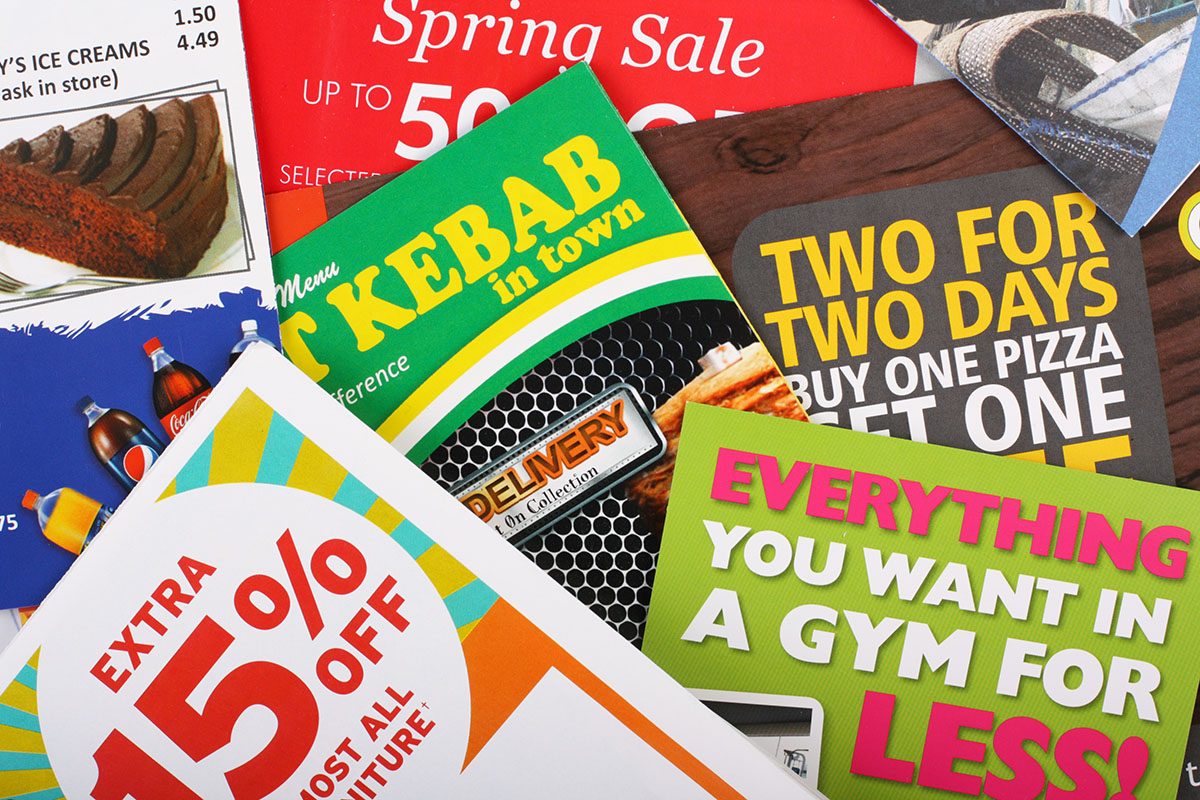I don’t hate direct mail. If it works for you, I suggest you continue to use it in any way that’s been successful for you in the past. But direct mail is good in the same way billboards and TV and radio commercials used to be good but are not as good today when it comes to reaching people where their attention is focused.
Direct mail, depending on the paper and mailing costs involved, share a perplexing trend with TV commercials and billboards that counters normal economic laws. Audiences have gotten smaller and people are paying less attention to these traditional mediums, but the price continues to increase. For the amount of money it costs to use these tools, I’d argue that digital marketing is a more effective way to allocate your dollars. Here are three reasons:
- Digital marketing is not only significantly cheaper, it’s much more effective. With direct mail, you can’t pre-test your sales pitch idea. A direct-mailed menu, postcard or flier—the pieces that pizzerias have traditionally communicated with—gives you one shot. If the message doesn't work, you've already spent your money. With digital marketing, you can spend $5, $10 or $20 with Facebook advertising and try out different text and images to see which one works best. You get your answer in real time with “views,” “likes,” “clicks,” and actual sales.
- Digital marketing reaches a much more targeted audience. With direct mail, you send one mailing to a whole household. Typically, your expensive direct mail piece will get picked up in the mail by Mom or Dad and the kids will never see it. Or Sis picks it up, isn’t interested and throws the offer away because she sees it as junk mail. But in today's information society, it's highly likely that each member of the family spends a lot of time on their favorite social media platform, whether it's Facebook, Instagram or Snapchat. The beauty of digital marketing is you can reach each member of the household on the platform where they hang out and get the information they value most.
- Desktop computers and, more prevalently, iPads and smartphones, are where family members increasingly focus their attention instead of TV or traditional mail. Online bill paying, food ordering and video streaming are where we're at when we're not creating and checking posts and clicking on apps. Walk into any doctor’s waiting room, and you’ll see what I mean. At one of my recent seminars, I asked a room of about 100 people when they watched their favorite program—at the time that it airs or at their own convenience after recording it. The results were 99-1 on the side of convenience. Direct mail is like counting on your home audience to catch your show the first time you broadcast it. There’s a high likelihood you’ll miss the people you’re trying to reach. Bottom line: By using a simple Facebook advertising plan, you can reach the person you’re targeting four or five times for half the price of one direct-mail piece.
Depending on your advertising budget, there may still be a place for direct mail, or broadcast advertising, but it's also true that independent pizzerias have romanticized direct mail because it’s the advertising method that worked in the past. If we don't embrace this demand for convenience, the big chains will continue to take a bigger piece of the market. It's no accident that Domino's sales are up 20%. They've gone “all in” on digital marketing and online ordering. Independents have access to the same tools that Domino’s is using to revolutionize the industry. It’s time to take better advantage of them and start fighting back!
Bruce Irving is the marketing visionary behind SmartPizzaMarketing.com and host of the weekly Smart Pizza Marketing podcast. On his podcasts, he interviews the leading minds of the pizza restaurant industry. Irving, a top marketing consultant and former pizzeria owner, also hosts PizzaTV's Marketing Insights livestream program, which streams at 8 p.m. (ET) every Tuesday on Facebook. You can listen to his Smart Pizza Marketing podcast at www.smartpizzamarketing.com. In addition, Irving speaks at conferences about how to better use social media in your restaurant or small business.













